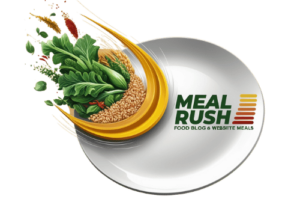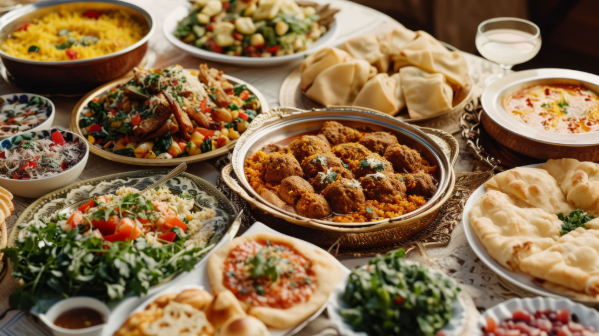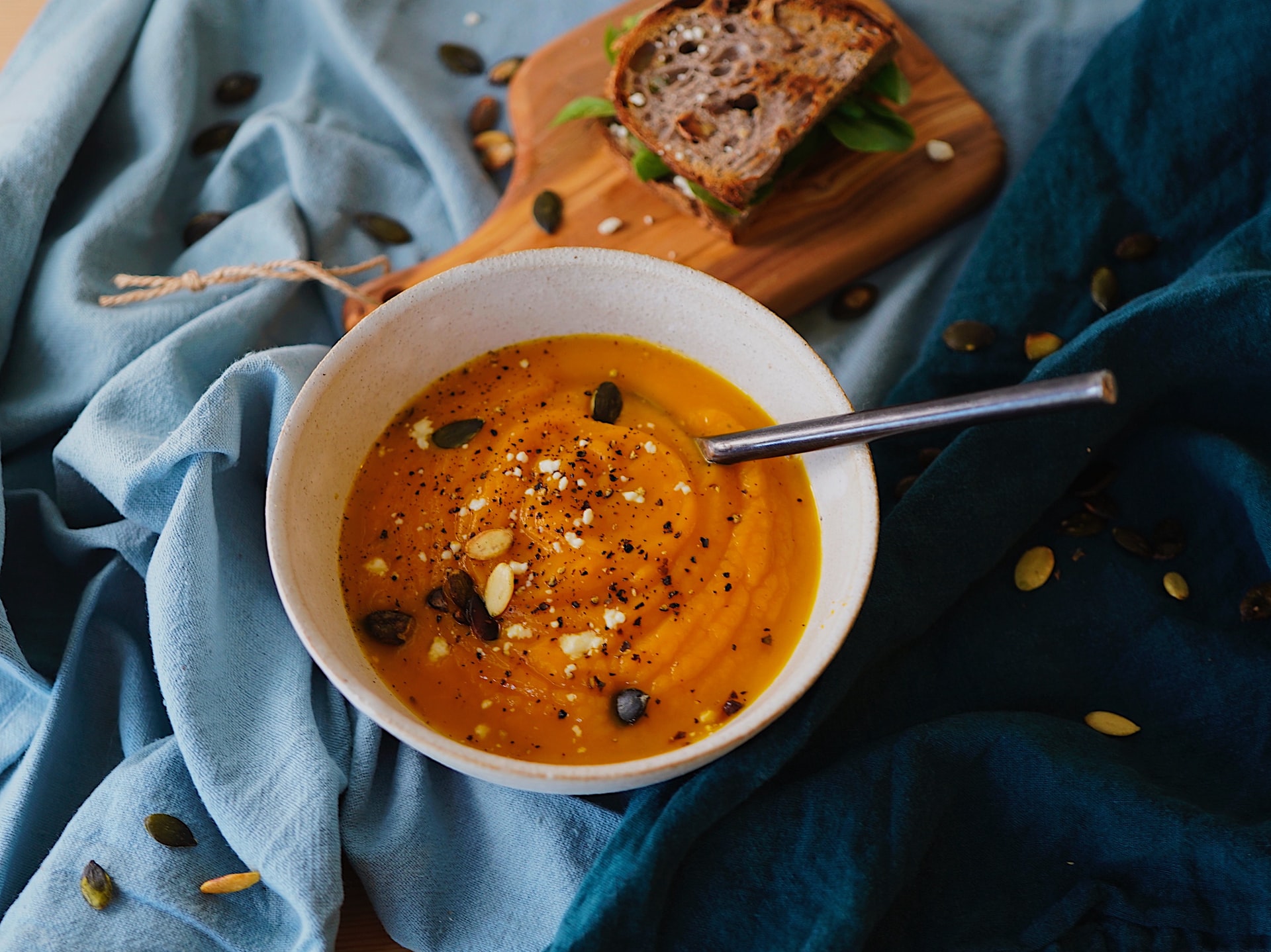Street food of India is a universe in itself, and there is always more to explore. This is just more than a pack journey; This is the discovery of culture, history, and community. The sounds of suppliers calling their goods, the smell of shaking spices on a warm grill, and lively crowds are all part of the experience. Each dish has a story, a specific preparation method, and a place in the hearts of millions.
So let’s go deep. We want to find out more about food, highlight their secrets, and understand why they have become such pins street food of India. You will find that some of these dishes are not just food; They are a ritual. The large variation of these kitchens reflects the incredible regional variations in the subcontinent. One thing is for sure: your taste buds are for a cure.
A Must-Try Indian Street Food List
Pani Puri (Gol Gappe)

Let’s start our extended journey with the prestigious Penny Puri. It’s not just a snack; It’s a game. The seller fills a delicate, hollow region, a PURI, with spicy mashed potatoes, chickpeas and sometimes a medley with sprouted lenses. Then comes magic. They immerse it in a large pot of tangi, spicy water and give it to you. To enjoy the right explosion of taste and texture, you should eat the whole thing at high speed – effective, spicy, tangy and sweet.
You will see different names on this dish. In Delhi and parts of the north it is called Gol Gappa. In Kolkata there is a Puchka. The taste of water also varies from the region. In Mumbai, Penny often indicates jaggery for sweetness. In some parts of Punjab it can have a strong coin flavor. A study from the UN Food and Agricultural Organization states that such road foods are important for urban food security, which provides cheap food to a large population.
Samosa
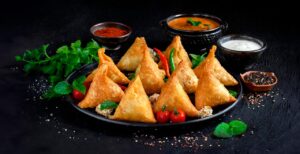
When you see one, you know a Samosa. This fried patisserie, an ideal triangle -shaped, is a head found in every corner of India. Fills are usually a charming mixture of spicy potatoes, peas and sometimes onions. The best thing is the opposite between sharp, flaky outer and soft, well -experienced interiors. Samos is not a light snack; He is a heartfelt and satisfactory bit.
More importantly, the quality of a samosa depends on the mixture of flour and spices. The dough must be perfect for making a sharp, but still a strong shell. The filling should be balanced, not too spicy and not too much. They are often served with a sweet tamarind chutney and spicy green chutney. This simple snack has become so popular that it has found its way in restaurant menus around the worldwide, cementing its place in the Indian street food list.
Chole Bhature
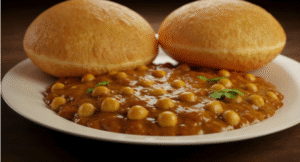
It is the best Punjabi law that has become a national favorite. A rich, spicy chicken curry (chola) in chola bhachas served with a large, fluffy fried bread (bhelhar). The bread is made with all-pest flour and yogurt, which makes it incredibly light and ventilated when fried. It rises over the beauty and creates an ideal pocket for tight and delicious curry.
So make chola so special? It’s all about all spices. Chickpeas are cooked at a slow pace, which is a hint of mango (dried mango powder) to the cumin, coriander and sometimes a tangy kick. It is a filling and resting food, perfect for a cold day or a festive brain. It is often served with spicy onions and makes for a hearty part of any street food list.
Vada Pav
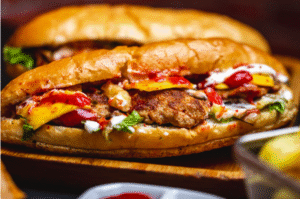
Sometimes it is called Indian vegetarian Berger, Vada Pav is the specialty of Mumbai. This includes a deep -fried potato patty (WADA) sandwiched in a soft brothers (PAV) with different chutney. Fierce garlic sauce is an important component, which gives it a powerful kick. It is one without frills, an incredibly satisfying dish that provides fuel to the fast -paced life of Mumbai.
You will get sellers to sell on every street corner. They are made quickly and efficiently. Potato Patty is experienced with ginger, garlic and green chili. PAV is soft and spongy, giving crispy wades an ideal counterpoint. Combination of texture – soft bread, crispy patty and spicy chutney – which makes it prominent.
Bhel Puri
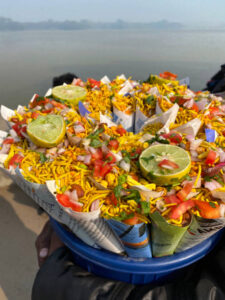
Let’s talk about a real Chaat classic. Bhel Puri is a tasty snack made with puffed rice, vegetables and a tangy tamarind sauce. It is a symphony of texture – effective, sharp and soft. The sellers refresh all the materials for each order and make sure the puff crisis does not get disgusting.
You will notice a mixture of sweet, citrus and spicy taste. The most important ingredients are rice rice, finely chopped onions, tomatoes and seals. This is followed by a sweet tamarind chutney and a spicy coin chutney. Crushed sev (chickpeas noodles) and peanuts provide a satisfactory crunch. It is a mild and fresh snack, which is perfect for a humid evening.
Momos

You will find that Momos is a loved street food of India, especially in the northern and eastern parts of India. These are vegetables or meat -filled or fried dollars. Filipinos are experienced with ginger, garlic and onions, giving them a different and aromatic taste.
Momo is an ideal example of how street food moves boundaries. The origin of Tibet and Nepal, they are adopted and adopted by Indian culture. They are usually served with a spicy, red needle sauce made of chili, tomato and garlic. A survey of the Federation of Indian Chambers of Commerce and Industry led to a significant increase in the popularity of international street foods lists such as Momos in major Indian cities.
Jalebi
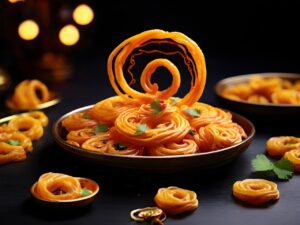
What about sweets? Jalebi is a crispy, sugary treatment that you will find in many street stalls. These fermented bats are pastor -shaped spirals that are deeply fried and then soaked in a warm sugar syrup. The result is a sticky, sweet and sharp fragility.
You will often see suppliers who make these healthy, and put the bats in a spiral pattern directly in hot oil. They are the best eaten, just as far away from the forehead. Lack of jalebi and sweet viscosity of syrup gives an ideal end to all street food.
Dahi Vada
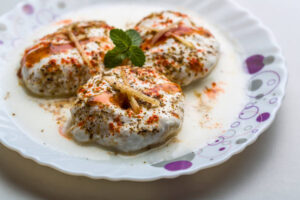
Now there is a good and fresh alternative here. Dahi Vada contains soft, fried lenses, called vadas, soaked in creamy curd. The streets are incredibly fluffy. The curd is slightly seasoned with black salt, fried cumin powder and red chili powder water.
You will see that it is often decorated with sweet tamarind sauce and spicy coin chutney. The combination of soft vadas and cool yogurt is an ideal contrast. It is a popular street food list, especially in North India, and a great way to cool on a hot day.
Frankie (Mumbai Roll)
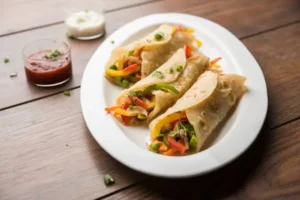
Let’s talk about delicious, portable food. Frankie is a popular street food in Mumbai similar to a rap or roll. There is a flaky paratha Roti packed around a gift. Filling can be anything from potato patty to spicy chicken or cheese.
You will find that Franky is often layered with eggs and a special spice sauce before filling the starring role. It is a complete food in a roll, packed with taste and texture. This is a great option for a quick and satisfying lunch.
Kulfi
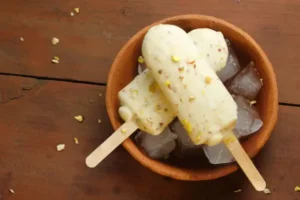
Finally, for an ideal end for your Pakistan visit, try Kulfi. It is a traditional Indian frozen dessert, like ice cream, but very tight and creamy. It is slowly made until the milk is cooked until it becomes thick, giving it a rich, concentrated taste.
You will find that it comes in different types of taste. The most popular are mangoes, pistachios, saffron and cardamom. Kulphi is often served on a stick or in a cup. You will see that it melts slower than regular ice cream, making it an ideal treatment to enjoy a hot day.
Indian Street Food Goes Global
Indian street food has crossed the borders. This is now a global event. You can find authentic Indian street food stalls and restaurants in larger cities around the world from New York to London and Sydney. Everywhere people search for the incredible taste and texture of these dishes. The rise of food blogging and social media has also played an important role in popularizing this right.
More importantly, people are looking for new and exciting culinary experiences. They know that Indian street food provides a unique and memorable adventure for the taste buds. An interesting fact is that the global street food market is estimated to reach more than $ 1.5 billion by 2027, with Indian cuisine an important driver for this development.
Also read Indian Street Food
Indian Street Food in Stockholm
Love for Indian street food has also reached cities like Stockholm. You will find an increasing number of eateries and pop-up stalls serving classic food. These places often adapt traditional dishes to local taste, while maintaining authentic flavor. This allows Swedes and others to enjoy the same delicious food that you find in India. you are looking for a quick cutting or full food, you can find options to complete the creeps. The popularity of these places highlights the universal appeal to Indian taste.
You will find that many Indian restaurants in Stockholm, for example near Carlburgsvagen and in Hambi Sestad, begin to facilitate specific street foods on their menu, which is outside the normal curry. This trend indicates an increasing praise for the authentic, fast service style for Indian food. The increasing demand for Indian street food in Stockholm is a clear indication that this culinary trend is to live here.
Final Thought
So what have we learned about Indian street food? This is a vibrant, diverse and accessible culinary tradition. It provides a unique window in culture and people in India. Whether you are trying a spicy pani Puri or a comfortable CHOLE BHECHER, you don’t just eat food; You experience part of a rich heritage.
The simplicity of joint components combined with the complexity of spices actually creates something magical. Next time you see a street food supplier, do not hesitate. Step down, book a plate and let your taste buds take a walk. This will be an experience that you will not forget soon.
FAQ
Q1: Is Indian street food safe to eat?
This is a common concern. Indian Street Food can be perfectly safe, especially from popular vendors who have a high turnover of ingredients. Look for stalls that are busy and appear clean. You can also ask locals for recommendations. A key indicator of a good vendor is a long line. That usually means the food is fresh and the vendor is reliable.
Q2: What is the most famous street food in India?
That’s a tough question! Pani puri and samosa are arguably the most famous and widely available. However, each region has its own claim to fame. For example, vada pav is synonymous with Mumbai, while kathi rolls are a Kolkata specialty.
Q3: Are all Indian street foods vegetarian?
No, not all of them. While a large number of popular street foods are vegetarian, like pani puri and aloo tikki, you can also find many non-vegetarian options. This includes things like egg rolls, chicken tikkas, and various meat-filled kathi rolls.
Q4: What is the difference between chaat and other street foods?
Chaat is a category of savory snacks, typically featuring a mix of ingredients with a sweet, sour, tangy, and spicy flavor profile. Many street foods like aloo tikki, samosa, and pani puri are considered types of chaat because they share this characteristic flavor profile.
Q5: Can I find Indian street food outside of India?
Yes, absolutely! The popularity of Indian street food has led to its spread around the globe. You can find authentic street food at dedicated restaurants, food trucks, and even international food festivals in cities like Stockholm, New York, London, and Toronto.
Q6: What is the best way to eat Indian Street Food?
You should approach it with an open mind. A great tip is to carry some hand sanitizer. Also, you should try to eat with your hands, as this is often the traditional way. You can’t enjoy a good vada pav with a fork!
